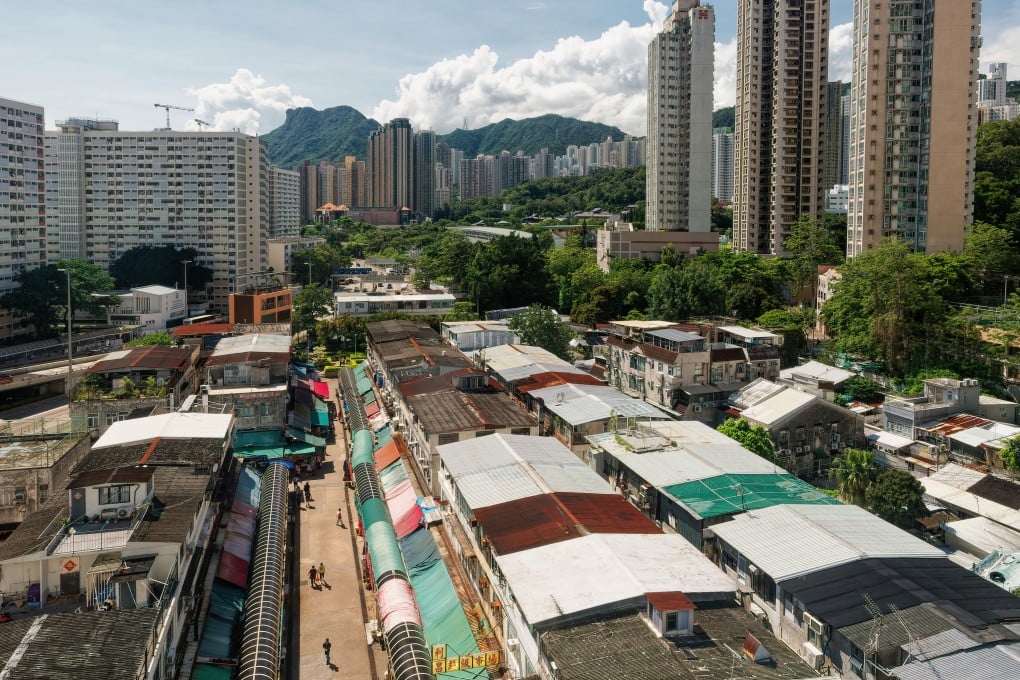As 3 historic Hong Kong urban villages face demolition, can anything save them from destruction?
- Ngau Chi Wan, Chuk Yuen and Cha Kwo Ling are set to be replaced by homogenous residential blocks, despite the efforts of historians, architects and academics

Along a narrow path through a centuries-old village sits a grey-brick house with granite blocks around the doorway. Built in 1927, this relatively grand construction recalls one of Hong Kong’s far-flung New Territories villages, decades past their prime with a few remaining elderly residents.
But this is Ngau Chi Wan, in northeast Kowloon, still conveniently located for residents working in the city. Through the house’s open doorway, in a subdivided flat, Chun Man, an infant boy, lies asleep in his pram.
“He’s one year old,” says his mother. “It’s his birthday today.”
The chances are that Chun Man will have no more birthdays here, as all residents of old Ngau Chi Wan are soon to be evicted, in readiness for most of the village being demolished and, as initiated by then chief executive Carrie Lam Cheng Yuet-ngor’s government in 2019, replaced with public-housing blocks.

Ngau Chi Wan is among three “urban squatter villages” in Kowloon East – the others being Cha Kwo Ling and Chuk Yuen – that Lam targeted for land resumption and development, to help boost the supply of affordable housing.
The Hong Kong Housing Society, which bills itself as an independent organisation “providing quality housing for the people of Hong Kong”, has since been tasked with implementing the plans, and in spring this year released proposals for work that would start in August, though, at the time of writing, that has yet to begin.